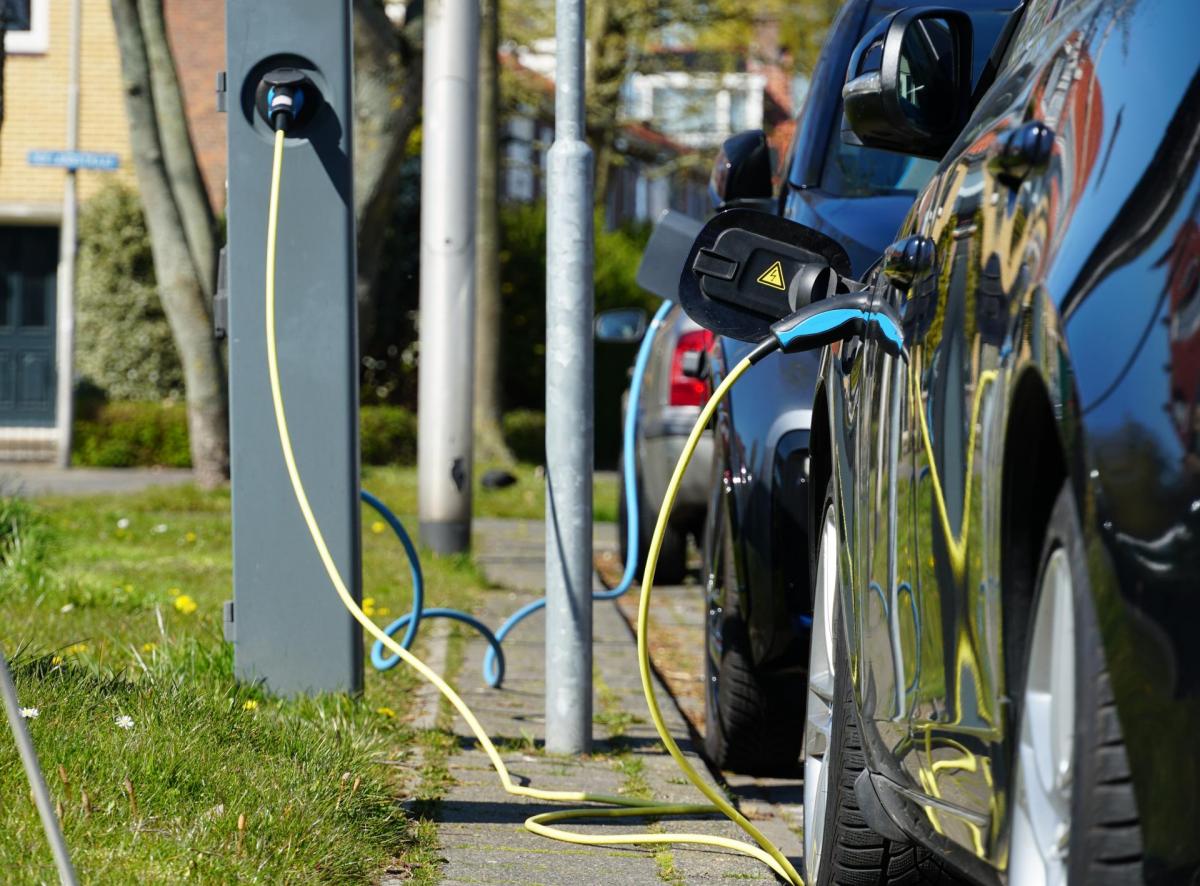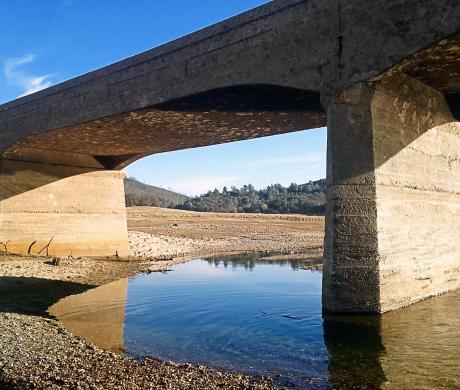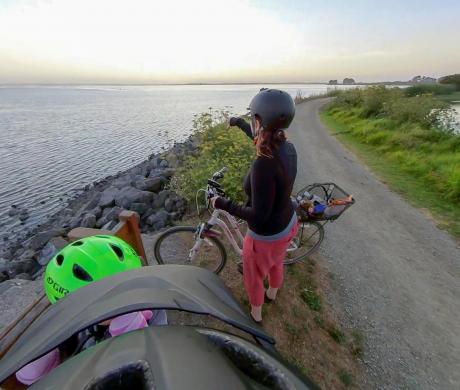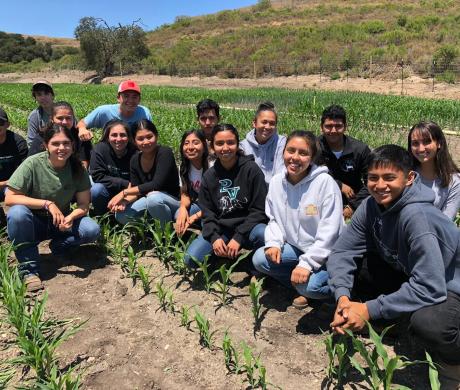Make equity and sustainability decisions with communities, instead of for communities
Karalee Browne is the assistant executive director for the Institute for Local Government; she can be reached at kbrowne@ca-ilg.org.
Historically, as the calendars approach July, city leaders start thinking about issues pertaining to illegal fireworks and parades. However, the last few years have been different. Now our summertime worries are tied to drought declarations, wildfire weather conditions, and extreme heat. The stakes are high as cities engage in major planning efforts and adopt new budgets to ensure that they have the planning, infrastructure, and resources to adapt to this new normal. But, how do we ensure that the new plans and policies we create will actually make our communities more equitable, environmentally resilient, and economically vibrant? The Institute for Local Government (ILG) offers five strategies for cities, based on recent research, as well as the technical assistance, and capacity-building support.
Acknowledge the historical inequities and explicitly make equity a priority
The American historian Runoko Rashidi once said, “History is a light that illuminates the past and a key that unlocks the door to the future.” We strongly encourage policymakers seeking a bright future to evaluate the past. Critically review current and former policies and practices in your community, no matter how difficult and uncomfortable they may be. By understanding the history behind how and why certain policies and procedures were created — and how they may still disproportionately affect certain members of the community today — you can begin to identify the patterns that enabled such inequities to persist.
Redlining is one of the clearest examples of an institutionalized racist policy, but others are still in existence. Exclusionary zoning laws and even well-intentioned budgeting and engagement practices can harm communities of color and low-income populations, making them more vulnerable to disturbances and stressors.
“Race-based policies like redlining left frontline communities with disproportionately high costs for basic necessities like energy and transportation, limited access to public services, high levels of poverty and pollution, and outdated and weak critical infrastructure,” said Associate Director of Climate Resilience for the Greenlining Institute Sona Monhnot. “Moving forward, we must develop policies and plans that are explicit and intentional in how they will address these existing injustices. Equity must be built into the foundation of policies and plans, and can’t continue to be a ‘nice to have’ or an afterthought.”
Mohnot helped author Greenlining’s Guidebook, Making Equity Real in Climate Adaptation and Community Resilience Policies and Programs, which offers a blueprint on how to operationalize equity.
Engage communities of color and those who have historically been left out of the planning process
Affordable clean energy and resilience projects can help address many challenges cities are facing today, but existing plans, programs, and policies often fail to produce benefits for the communities that need them the most. This happens, in part, because of planning and policymaking structures that don’t give communities enough of a voice in the decisions that impact their lives.
It is no longer enough to simply approach members of a disadvantaged community and ask them which of the provided choices they like better. For communities to embrace local policies and programs, cities should develop them in partnership with residents and community-based organizations, not just engage them for approval. Committing resources to capacity building and technical assistance to help strengthen local coordination, leadership, knowledge, skills, and expertise can increase the ability of communities to develop more equitable plans, compete for grants, and implement projects that benefit the communities that need them most.
The city of San Diego recently dedicated $200,000 in funding to increase engagement in the city’s Communities of Concern — neighborhoods with relatively low, very low, or moderate opportunity as identified in the city’s Climate Equity Index. The city contracted directly with ILG to provide administration, support, and direct allocations to five Community-Based Organizations (CBO) in San Diego, which conducted unique, culturally appropriate, tailored engagement to their residents.
The funding didn’t just help the city’s CBO partners engage more than 700 residents in the city’s planning processes. It also provided capacity-building support that helped community-based organizations expand their networks and experiment with new outreach approaches to educate and build trust within their community. San Diego pledged to use the data collected during this effort to inform its updated Climate Action Plan and new ResilientSD Plan. For the city, equity must remain at the forefront of its planning efforts.
“Ensuring our Communities of Concern are engaged and empowered in the city’s decision-making process is the key to advancing equity in San Diego,” said San Diego Climate Equity Specialist Roberto Carlos Torres. “By partnering with local nonprofits and community-based organizations, the city has tapped into the expertise of our community leaders to uplift the voices of residents who would traditionally not be included in the process, making policies like the update to the city’s Climate Action Plan truly centered around equity.”
A full report on this effort, including the best practices and lessons learned will be available in August.
Make data-driven decisions
Data can take many forms. Whether it is the narrative-based research provided by community members at a public workshop, or more formalized research conducted at universities, policymakers should spend sufficient time evaluating the data and its origins before making decisions that can have long-lasting consequences.
Researchers at the University of California, Davis brought together leaders from local governments, nonprofit organizations, and advocacy groups to form a Transportation Equity and Environmental Justice Advisory Group (TEEJAG). The advisory body provides feedback on current and future research conducted by the Climate Smart Transportation and Communities Consortium (C-STACC), a group of researchers from seven of California’s top universities conducting research related to mobility, electrification, public transit, active transportation, and goods movement — with equity and policy engagement serving as cross-cutting themes throughout.
The two-year project, funded by the California Strategic Growth Council, recently culminated in a set of policy recommendations that help state and local governments think through transportation policies and new technologies. The report is currently being reviewed by TEEJAG to ensure that the recommendations benefit vulnerable communities without causing additional burden or harm. A full report will be available by August.
Invest in vulnerable communities
The U.S. is investing heavily in green technology, clean energy, and climate adaptation. In 2020, for the first time ever, the country used more renewable energy than coal. In addition, philanthropic and state investments in green technologies and environmentally-focused grant programs are at an all-time high. While these gains are cause for celebration, the economic benefits of green investments are not being distributed equitably. To address that, programs in both the public and private sectors should prioritize investments in disadvantaged communities.
Gateway Cities like Compton, South Gate, Lynwood, and others are benefitting from Southern California Edison’s Charge Ready Program, which focuses on advancing environmental equity by dedicating half of its charging ports to communities that are most heavily impacted by the combined effects of economic, environmental, and public health burdens. The program also prioritizes installations at multifamily dwellings like apartments or condo complexes.
The city of Gonzales has taken the bold step of creating its own municipal utility, which has entered into a wholesale power agreement to obtain a 35 MW microgrid to help attract businesses to its Agricultural Industrial Business Park. Gonzales’ City Manager Rene Mendez says this solution is the answer to multiple problems. “Our public utility said it would take almost three years to build the infrastructure we needed to support the business park,” said Mendez. “This solution speeds up our economic development opportunities, provides more reliable energy, and helps us meet the sustainability goals outlined in our Climate Action Plan.” The private company constructing the $70 million microgrid will act as the primary project financier, with supplemental funding from the electrical authority and municipal utility, which will be applied towards the municipal utility’s eventual ownership of the distribution infrastructure.
Celebrate success and keep raising the bar
Innovative partnerships like those described above are key to making progress on energy, environmental, and equity issues. Collaborations between local agencies, private organizations, and community partners are necessary to speed up the diffusion of innovation to address complex issues pertaining to energy and the environment.
ILG’s decade-old Beacon Program has added new award categories to honor local governments that are demonstrating this type of leadership and innovation. While the Beacon Spotlight Awards are only open to cities participating in the Beacon Program, the new Leadership and Innovation Awards are open to any local government that has demonstrated tangible and measurable results with a minimum of one year of implementation.
Cities looking to create systematic change should consider applying for the Cool Cities Challenge, a competitive opportunity that will award three California cities with technical support and $1 million for campaign staffing and seed capital to help achieve carbon neutrality goals.
While awards and competitions can be very valuable for celebrating success and keeping the momentum going, one of the most important things to remember is that systematic change does not occur from one engagement, one event, or one project. It occurs when many changes come together over time, interacting with and building on each other.
To truly advance equity and address sustainability within our cities, all stakeholders in a community will need to come together and work together with unshakeable commitment and resolve to develop and implement policies that will lift up diverse, disenfranchised, and vulnerable populations. That kind of deep collaboration will help create more equitable, resilient, and vibrant communities for all.







